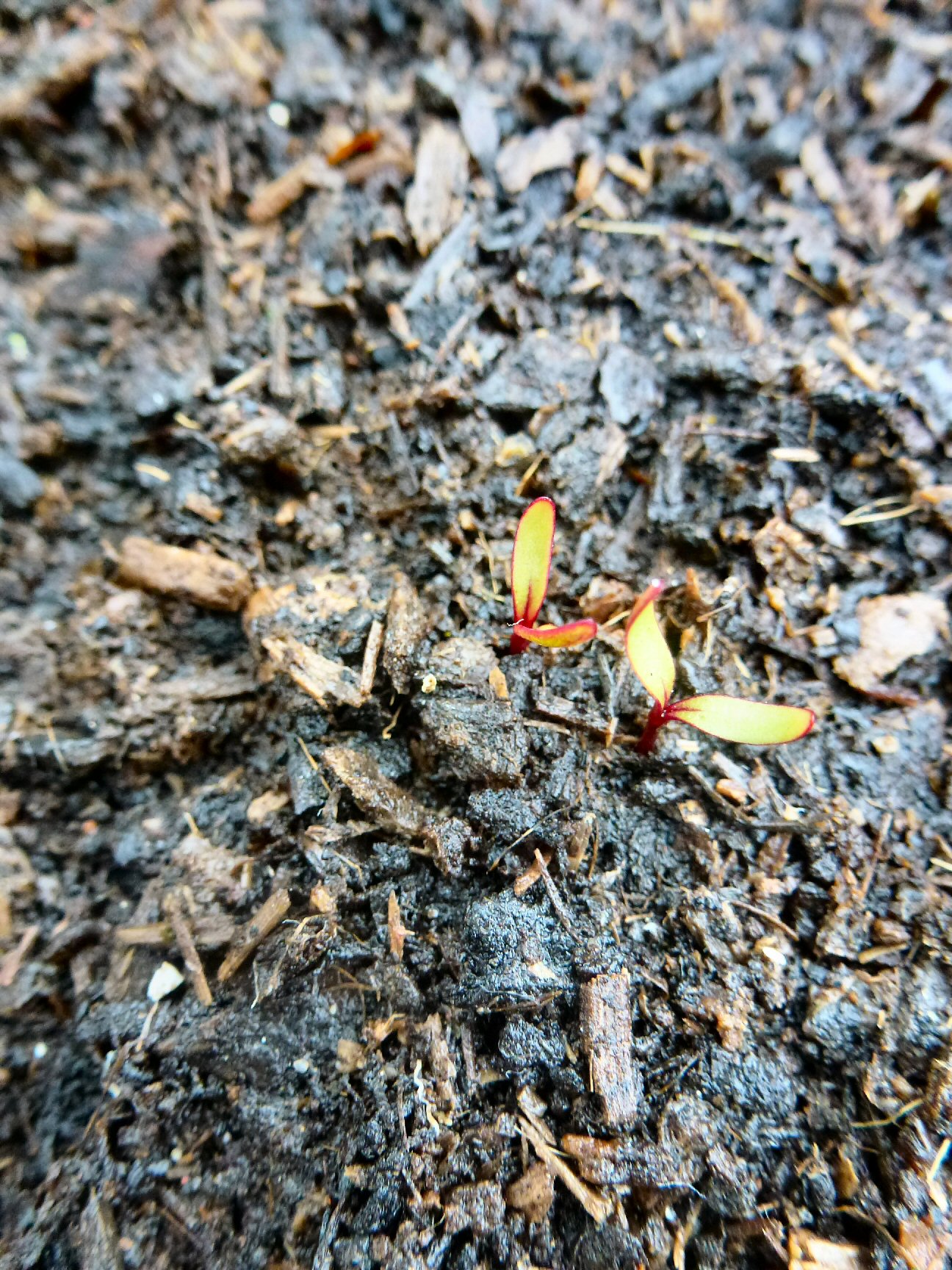Last Updated on April 27, 2022 by Real Men Sow
Seed germination can be a source of great joy or great frustration. There is nothing quite like a tiny seedling forcing its way up through your soil. Most seeds are fairly uncomplicated, and happy to germinate as long as the conditions they require are right. However, there are a few, such as parsnips and chillis, that can leave you scratching your head from time to time. To germinate seeds, there are a few general rules you can follow to boost your germination chances no end.
Steps to Germinate Seeds to Get Seedlings Fast
Sow seeds to your conditions
If the local environment is not to a seed’s liking, it is unlikely to germinate. Seeds need the right amounts of water, light, and heat – this may sound obvious, but it is very easy to get carried away and try to germinate a melon outside on a patio in March (I know, I’ve done this…). Early sowings need protection and glass to artificially provide heat. A greenhouse is an obvious solution, but garden cloches and sunny windowsills are effective too.
Pick the Right Time & Place to Germinate Seeds
Timing is important for seed sowing. Some seeds, such as broad beans, will germinate in lower temperatures but tomatoes will balk at being sown in February.
Check the instructions on the seed packets, which will give a good indication of when you can sow seeds indoors, in a greenhouse and outside. Remember your location too. The temperature is generally warmer earlier in the balmy south! Sowing a bit late is better than sowing a bit cold.
Use good quality compost for growing seeds
If you’re sowing in pots, buy the best compost you can. Specific sowing compost is available, but I find a decent multi-purpose is just as good. Remember to go peat-free if you can.
If you’ve got the time you can also make your own. I found this a rather therapeutic thing to do, and best of all cost me nothing.
Sow at the right depth
A general rule of thumb says that you should sow a seed to a depth of three-time it’s thickness, and I tend to use the size of the seed as a guide too. Big, bulky seeds like peas will go deeper than delicate seeds such as kale or salad leaves. I push the bigger seeds down with my finger before covering with compost. I’ll scatter the smaller seeds before sprinkling a thicker layer of soil on top than I would a big seed. Tap down the soil to a nice, compact surface as the seed will need contact with moist soil to kick off germination.
Storing Seeds to Germinate
Seeds need to be stored in a cool, dark place to maintain their dormant state. I keep mine in a tin under the stairs. Check over your old seeds in between the seasons to make sure they’re all still in date. Some seeds lose viability quicker than others (parsnips, for example), but just because they are out of date doesn’t mean they won’t necessarily germinate. Chances are, however, that germination rates will be reduced the more out of date the seeds are.
Do not Sow too many Seeds
I sow some of the bigger seeds, such as beans and peas, together in the same pot. Normally I’ll sow 4-5 in a 5-6 inch wide pot, as these plants do not mind some disturbance and transplant easily.
This also gives me some back up if any of the seeds fail to germinate, and I like to hedge my bets. If they all come through, you can always pick out any that you don’t want.
Smaller, more delicate plants that are trickier to transplant are better sown with more space, or individually, so you can keep more soil around the root when planting out.
Watering Advice for the Best Seed Germination
I’d recommend getting a smaller watering can for watering pots. I’ve got one with a little rose, which allows for better control rather than slopping water everywhere. I find if I use my normal-sized can the force in which the water lands on the soil can disrupt the soil and seeds.
Finally, Keep the Seeds Warm
Don’t forget to keep your seeds snug! Most seeds need temperatures of 65 degrees plus to germinate, and the weather can be very unpredictable at this time of year. If cold weather is forecast, cover your pots with horticultural fleece or bubble wrap to help bring the temperature up a notch.

